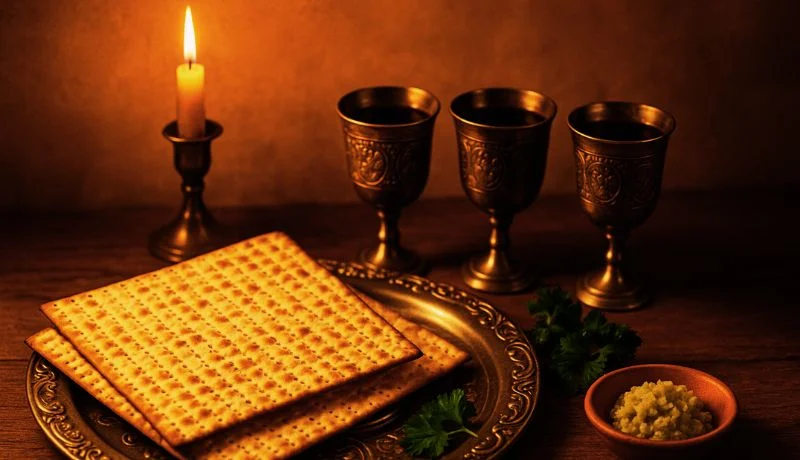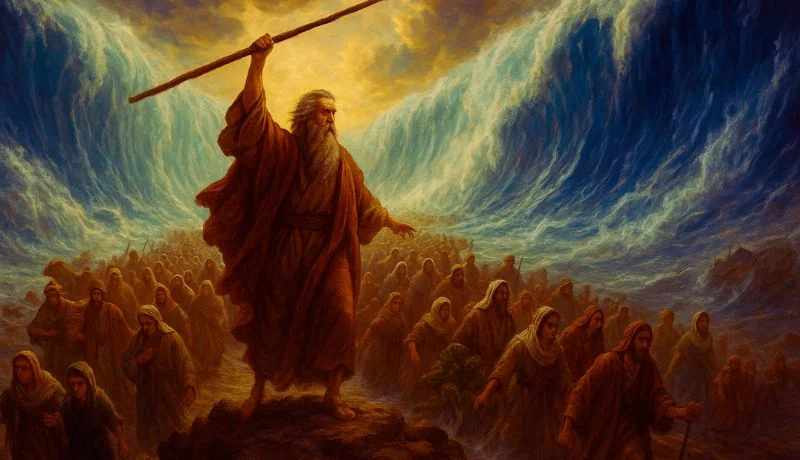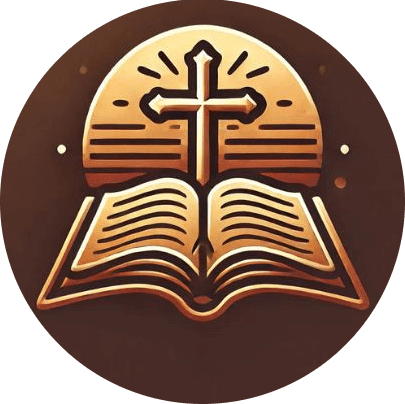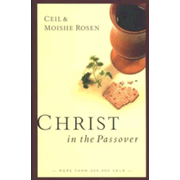Understanding the Rich Heritage and Ongoing Relevance of This Ancient Celebration

Passover is one of the oldest and most powerful observances in the Judeo-Christian tradition. For over 3,000 years, Jewish families around the world have commemorated this sacred time with solemnity and celebration.
But Passover is more than a historical remembrance—it’s a living testimony of God’s faithfulness, power, and the enduring human longing for freedom.
The Passover, or Pesach in Hebrew, is rooted in the Hebrew Bible (the Old Testament), specifically in the Book of Exodus. It recalls the dramatic rescue of the Israelites from slavery in Egypt, highlighting themes of suffering, redemption, obedience, and covenant.
Why Passover Still Matters
Why does it matter today? For believers and seekers alike, the Passover invites reflection on God’s deliverance, justice, and grace. It also provides rich insights into the biblical narrative and lays foundational themes that carry over into the New Testament and Christian understanding of salvation.
Let’s explore the biblical roots, meanings, and ongoing significance of this remarkable feast.
The Biblical Roots of Passover: A Journey Through Time

1️⃣ The Exodus Story: God’s Deliverance of Israel
The story of Passover begins in Exodus 1–12, where we find the Israelites living in Egypt under brutal oppression.
Pharaoh, fearing their growing numbers, enslaved them and ordered the death of every Hebrew male child (Exodus 1:15-22). It was a dark and desperate time for God’s people.
Then came Moses—a Hebrew raised in Pharaoh’s palace but called by God to lead Israel out of bondage. God revealed Himself to Moses through the burning bush (Exodus 3) and commissioned him to confront Pharaoh and demand the release of His people.
2️⃣ The Ten Plagues and God’s Judgment
Pharaoh’s hardened heart led to a series of divine judgments—ten plagues sent by God to display His power and force Egypt’s hand.
These were not random acts of nature; they were targeted judgments against Egypt’s gods and symbols of power:
- Water turned to blood
- Frogs
- Gnats
- Flies
- Death of livestock
- Boils
- Hail
- Locusts
- Darkness
- The death of the firstborn (Exodus 7–12)
Each plague escalated the conflict between God’s sovereignty and Pharaoh’s pride. The final plague—the death of the firstborn—was the tipping point.
3️⃣ The First Passover: Protection Through the Blood
Before the final plague, God gave specific instructions to the Israelites (Exodus 12).
Each household was to sacrifice a spotless lamb and apply its blood to the doorposts. That night, the Angel of Death would pass through Egypt, striking down every firstborn—but would “pass over” the homes covered by the blood.
This act of obedience spared Israel from judgment. The lamb’s blood was their protection and signified their trust in God.
“When I see the blood, I will pass over you.” – Exodus 12:13
This moment is where the Passover gets its name—and it has remained a cornerstone of Jewish faith ever since.
Meaning and Symbolism: Understanding the Passover Rituals

As generations passed, God instructed the Israelites to remember this event annually through a sacred meal—the Passover Seder (Exodus 12:14-27).
1️⃣ The Seder Meal: A Teaching Table
The Seder isn’t just a meal, it’s a deeply symbolic reenactment of the Exodus story. Every element has meaning and helps tell the story of God’s deliverance:
- Matzah (Unleavened Bread): Symbolizes the haste of Israel’s departure—there was no time to let the dough rise (Exodus 12:39).
- Maror (Bitter Herbs): Represents the bitterness of slavery in Egypt.
- Charoset: A sweet mixture of fruits and nuts, symbolizing the mortar used by the Israelites in forced labor.
- Karpas (Parsley): Dipped in salt water to recall the tears shed in bondage.
- Zeroa (Shank Bone): A reminder of the Passover lamb sacrificed.
- Beitzah (Roasted Egg): Symbolizes mourning for the destruction of the Temple and the continuity of Jewish life.
2️⃣ The Role of Storytelling
The Haggadah, a special book used during the Seder, guides families through the retelling of the Exodus. Children are encouraged to ask questions, especially “Why is this night different from all other nights?”
This ensures that each generation remembers and internalizes the story of deliverance.
3️⃣ Songs and Psalms
Psalms of praise (Hallel, Psalms 113–118) are traditionally sung, emphasizing joy and gratitude for God’s mighty acts. Music and prayer create a worshipful atmosphere and strengthen family and community bonds.
Cultural Significance and Contemporary Observance

1️⃣ A Time of Connection and Reflection
For Jewish communities around the world, Passover is one of the most important and widely celebrated holidays. It brings families together around the table for a night of worship, history, and shared identity.
It’s also a powerful moment of intergenerational connection. Elders pass on faith, heritage, and tradition. Young people are invited to ask questions and explore the meaning behind the rituals.
2️⃣ Diverse Traditions Across the Diaspora
While the core elements of Passover remain the same, traditions vary:
- Ashkenazi Jews typically avoid chametz (leavened grains) and additional foods like rice and legumes.
- Sephardic Jews often include rice and legumes and have different family customs and melodies.
- Yemenite and Persian Jewish traditions may include unique liturgical tunes and dishes.
3️⃣ Preparation: Removing the Chametz
In preparation for Passover, Jewish households conduct a thorough cleaning to remove all chametz (leavened products). This symbolizes the removal of sin and pride, a spiritual purification before the feast begins.
Families often search for chametz by candlelight the night before Passover and burn or sell any remaining items the next morning—a tradition known as bedikat chametz.
4️⃣ Passover in Israel Today
In Israel, Passover is both a religious and national celebration. Schools close, families travel, and cities host large public Seders for those who may not have a place to go. Matzah becomes the standard bread sold in stores, and public spaces reflect the spirit of freedom and remembrance.
Jesus and the Passover: A Christian Connection
Though this post focuses on the historical and cultural aspects of Passover, it’s worth noting that for Christians, this celebration points to a deeper fulfillment. Jesus Christ is identified in the New Testament as the ultimate Passover Lamb, whose sacrifice brings eternal deliverance from sin (1 Corinthians 5:7).
To explore this connection more deeply, read our related post: Jesus Christ is the Passover Lamb.
If you’d like to explore this connection in greater depth, I highly recommend the book Christ in the Passover by Ceil and Moishe Rosen. It offers a beautiful, Scripture-rich look at how the Old Testament celebration foreshadowed Jesus’ redemptive work on the cross.
Affiliate Disclaimer
This post contains affiliate links. If you click on one of the links and make a purchase, I may receive a small commission at no extra cost to you. I only recommend products I truly believe in and think will be beneficial to my readers. Thank you for supporting Biblical Christianity!
Christ in the Passover
By Ceil & Moishe Rosen
A classic from the ministry of Jews for Jesus, this powerful book explores the Jewish roots of the Passover and reveals how each element points directly to Jesus as the Messiah. It’s perfect for believers seeking to understand how the Old Testament feast foreshadows Christ’s sacrifice on the cross.
Final Thoughts: A Timeless Celebration of God’s Power and Mercy
Even if you don’t celebrate Passover in the traditional Jewish sense, there is deep value in learning its roots. It reveals the nature of God as Deliverer and Redeemer—truths that resonate with all who seek freedom and faith today.
Through its rituals, symbols, and storytelling, we’re reminded of who God is: a deliverer, a redeemer, and a covenant-keeping God.
Let this season be one of reflection, gratitude, and renewed faith in the One who still brings freedom today.


Your post is a comprehensive guide that gives a clear breakdown of the passover, especially how this is the easter season as we celebrate Good Friday.
I am sure that after reading your post, it will help many to understand what the passover is all about, and they will have a deeper appreciation for the deep, rich meaning behind what the passover represents.
Hi Norman,
Thank you so much for your kind words and encouraging feedback! I’m truly grateful that you took the time to read the post and share your thoughts. It’s heartwarming to know that the message resonated with you, especially during this meaningful season.
I do hope and pray that more people will come to understand the depth of the Passover and its powerful connection to what we commemorate during Good Friday and Easter. May it continue to draw our hearts closer to the Lord and remind us of His incredible love and sacrifice.
God bless you, and have a blessed Easter season!